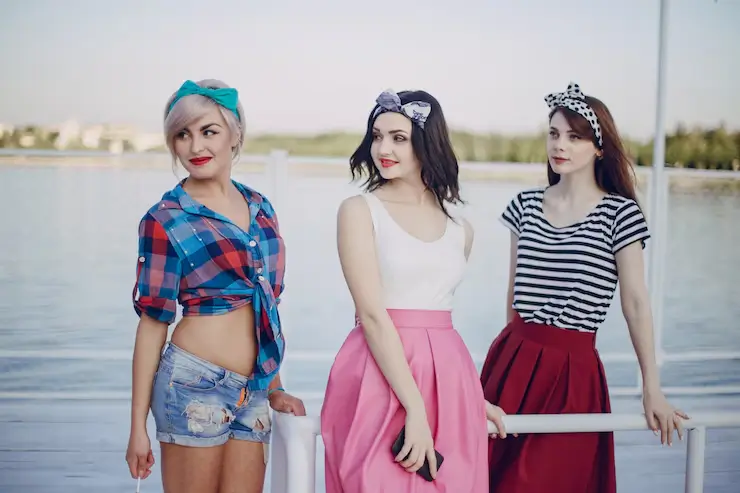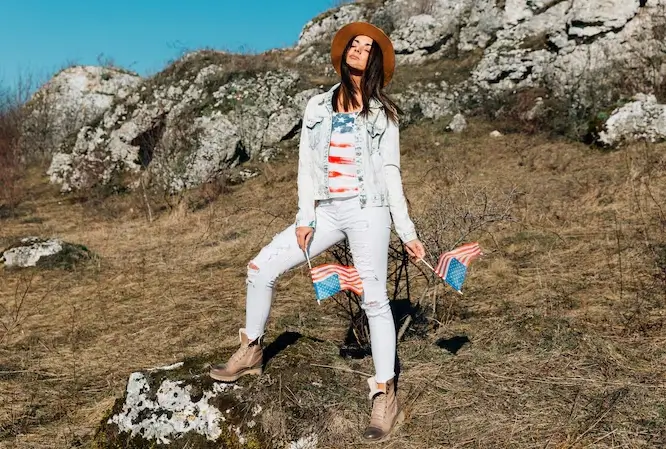When we talk about old money, we’re referring to families who have been wealthy for generations. Unlike new money, which often flaunts flashy and trendy styles, old money fashion is all about understated elegance, timeless pieces, and looking polished without trying too hard. If you’ve ever wondered what the dress code for old money is, this guide will break it down in simple terms.
You May Also Like: Chaussures old money homme
Quality Over Quantity
Old money style focuses on investing in high-quality clothing that lasts for years. Instead of buying lots of cheap, trendy items, old money prefers a few well-made pieces. Think cashmere sweaters, tailored blazers, and leather shoes that age beautifully. The goal is to look put-together without being flashy.
Neutral Colors and Classic Patterns
Old money fashion sticks to neutral colors like beige, navy, white, gray, and black. These colors are versatile and never go out of style. Classic patterns like stripes, plaids, and houndstooth are also common. Bright colors and loud prints are usually avoided because they can look too attention-grabbing.
Tailored Fit is Key
Clothes should fit perfectly—not too tight, not too loose. Old money style is all about looking polished and refined. Tailored blazers, well-fitted trousers, and dresses that skim the body are staples. If something doesn’t fit right, it’s worth getting it altered.
Timeless Pieces
Old money wardrobes are filled with timeless items that never go out of fashion. Some examples include:
Blazers and Sport Coats: Perfect for both casual and formal occasions.
Crisp White Shirts: A classic that works for almost any event.
Pearls and Simple Jewelry: Understated and elegant.
Trench Coats: A practical yet stylish outerwear choice.
Loafers and Oxford Shoes:Comfortable and classy footwear.
Less is More
Old money style avoids anything too flashy or over-the-top. Logos, bold branding, and excessive accessories are a no-go. Instead, the focus is on subtle details and craftsmanship. For example, a simple leather handbag or a pair of pearl earrings can make a statement without being loud.
Dressing for the Occasion
Old money knows how to dress appropriately for every occasion. Whether it’s a casual day out, a business meeting, or a formal event, they always look appropriate and refined. For example:
Casual: A polo shirt, chinos, and loafers.
Business:A tailored suit, white shirt, and leather shoes.
Formal:A classic evening gown or a tuxedo.
Attention to Grooming
Old money style isn’t just about clothes—it’s also about looking well-groomed. Neat hair, clean nails, and subtle makeup (if any) are part of the look. The idea is to appear naturally polished, not overly done-up.
Avoiding Trends
Old money fashion avoids fast-changing trends. Instead, it focuses on classic styles that have stood the test of time. This means you won’t see old money wearing the latest fad unless it aligns with their timeless aesthetic.
Confidence is the Best Accessory
Finally, old money style is carried with confidence. It’s not about showing off wealth but about feeling comfortable and assured in what you’re wearing. This quiet confidence is what makes the look so appealing.

Final Thoughts
The old money dress code is all about simplicity, quality, and timeless elegance. By focusing on well-made, classic pieces in neutral colors and avoiding flashy trends, you can achieve this refined look. Remember, it’s not about how much you spend but how you wear it. With the right attitude and attention to detail, anyone can embrace the old money style
By following these tips, you’ll not only look stylish but also create a wardrobe that lasts for years. Whether you’re dressing for work, a casual outing, or a formal event, the old money dress code is a foolproof way to look effortlessly chic.
FAQS Related Dress Code for Old Money
Some Common questions about Dress Code for Old Money
What does old money mean in fashion?
Old money refers to families who have been wealthy for generations. In fashion, it represents a style that is understated, timeless, and elegant. Unlike flashy or trendy looks, old money fashion focuses on quality, classic pieces, and a polished appearance without drawing too much attention.
What colors are best for an old money wardrobe?
Neutral colors like beige, navy, white, gray, and black are the foundation of an old money wardrobe. These colors are versatile, timeless, and easy to mix and match. Avoid bright or overly bold colors, as they can look too flashy.
Can I achieve an old money look on a budget?
Yes! The key to old money style is focusing on quality over quantity. Instead of buying lots of cheap clothes, invest in a few well-made, classic pieces like a tailored blazer, a crisp white shirt, or a pair of leather loafers. Look for sales, thrift stores, or second-hand shops to find high-quality items at lower prices.
Are logos and branding acceptable in old money fashion?
No, logos and branding are generally avoided in old money fashion. The style is all about subtlety and understated elegance. Instead of flashy logos, focus on well-crafted pieces with clean designs and minimal detailing.
How do I make my clothes look tailored without spending a lot?
A tailored fit is essential for the old money look. If your clothes don’t fit perfectly, consider taking them to a tailor for adjustments. Many simple alterations (like hemming pants or taking in a shirt) are affordable and can make a huge difference in how polished you look.












